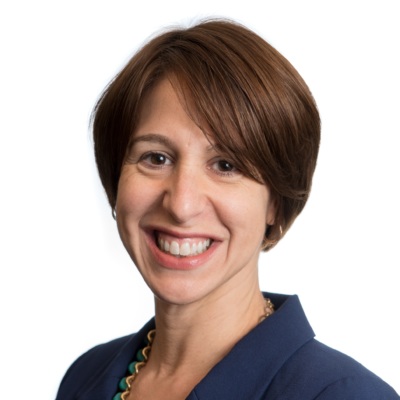ESEA Reauthorization Creates Revised Preschool Development Grant Program
By Hannah Matthews
Following passage in the U. S. House of Representatives last week, today the Senate passed a reauthorization of the Elementary and Secondary Education Act (ESEA) or No Child Left Behind Act. Included in the bill, now renamed the Every Student Succeeds Act (ESSA), is a new authorization for a redesigned Preschool Development Grant (PDG) program. In FY 2014 and 2015, Congress appropriated $250 million each year in funding for grants administered jointly by the Departments of Education (Ed) and Health and Human Services (HHS) to support state efforts to expand access to high-quality preschool for young children. To date, 18 states have received PDGs to build or enhance high-quality preschool program infrastructure or expand access to high-quality preschool programs.
ESSA authorizes $250 million annually for a new PDG program that differs significantly from the current program:
- The program is to be administered by HHS, jointly with Ed.
- The goals of the program include assisting states to develop, update, or implement a strategic plan that facilitates collaboration and coordination among child care and early education programs and to encourage partnerships among child care and early education programs.
- One year grants may be awarded on a competitive basis with priority for states that have not previously received a PDG. States may use PDGs to conduct a needs assessment and develop a strategic plan for improving collaboration and coordination among early childhood programs and for quality improvement activities.
- Grants may be renewed for a maximum of three years. In the first year of a renewal grant, states may subgrant no more than 60 percent of funds to early childhood programs to increase access to high-quality early education programs with that percent increasing to 75 percent in years two and three.
- The bill permits states that currently have PDGs to continue their activities under the current terms of the program, at the discretion of HHS and Ed. They may also be considered for renewal grants (for a maximum of three years) under the new program.
The bill limits the ways in which HHS and Ed can implement the program, including restrictions on specifying, defining, or prescribing early learning and development guidelines; measures or indicators of quality; teacher and staff qualifications; class sizes and ratios; and other standards. This is a significant departure from the current PDG program that includes robust quality standards for states about design of their programs, such as high staff qualifications, low child-staff ratios and small class sizes, full-day services, and the provision of comprehensive services for children.
In addition to the PDG program, language related to early learning activities is included throughout ESSA. The bill is awaiting the President’s signature and when it becomes law, we will work to ensure that ESSA funds, those targeted for PDGs and other dollars in the bill with allowable uses for early education, are used in ways that best support increased access to high-quality early learning for low-income children.
